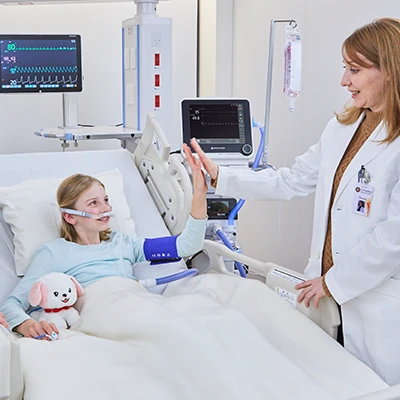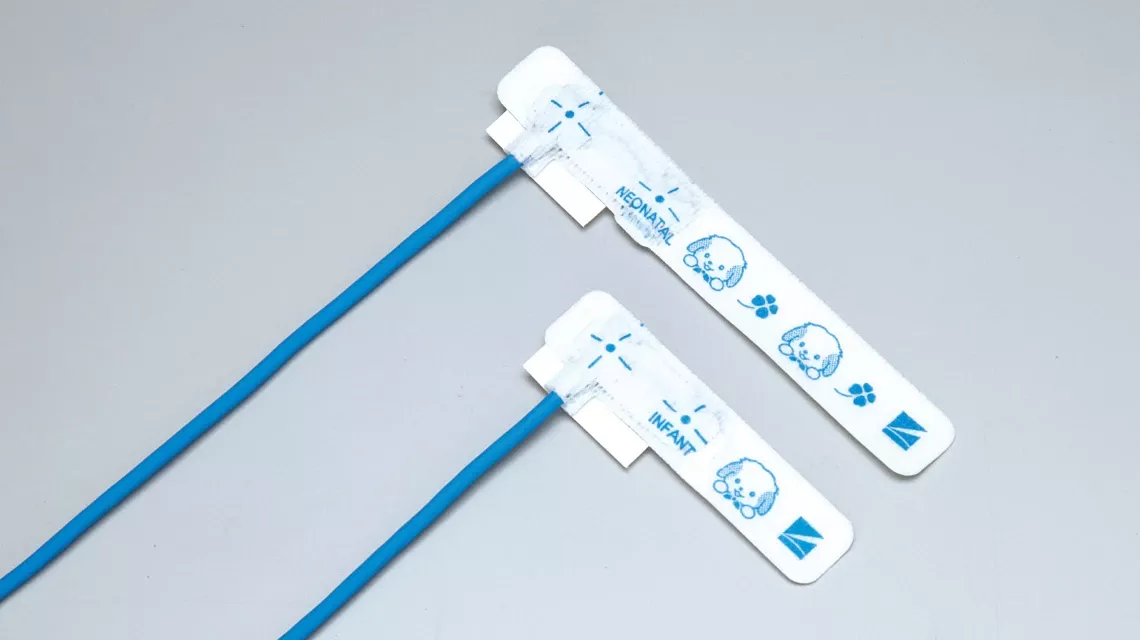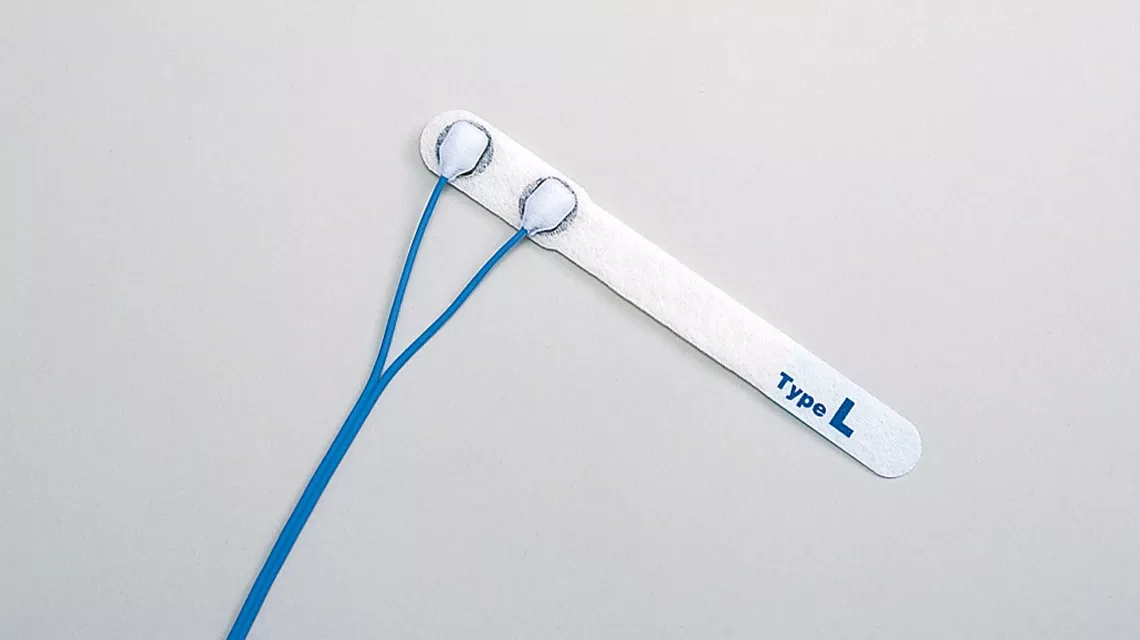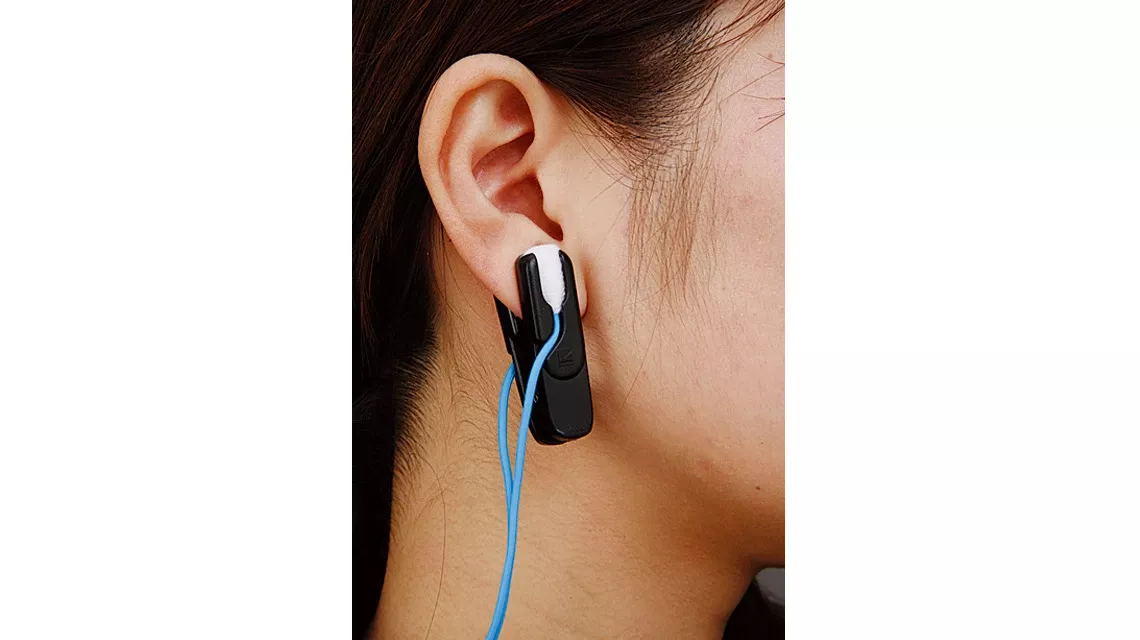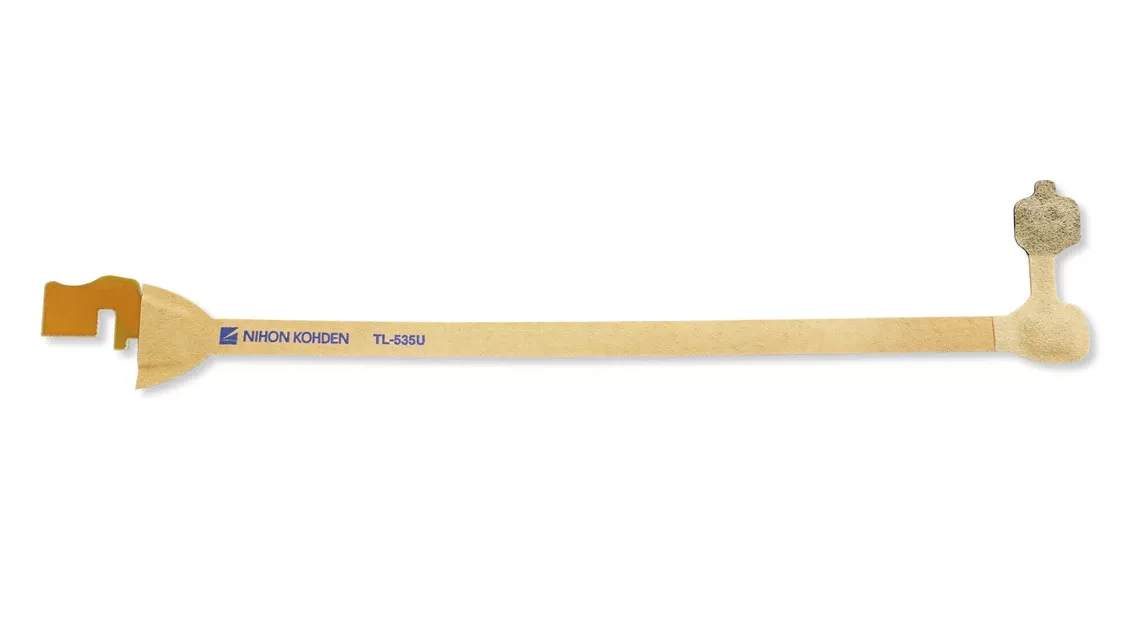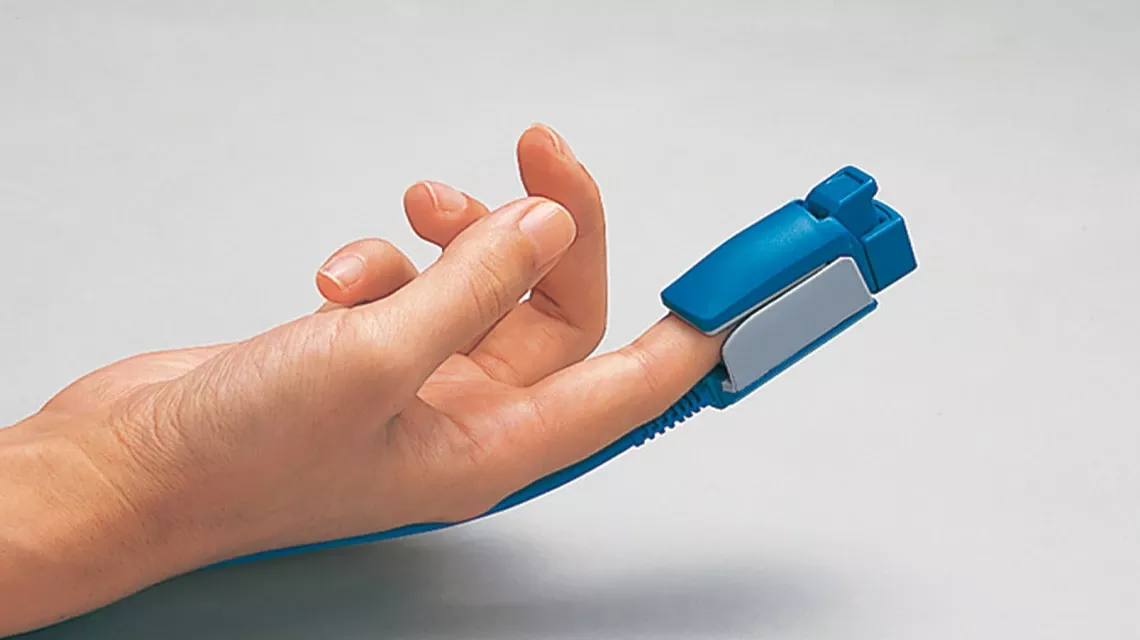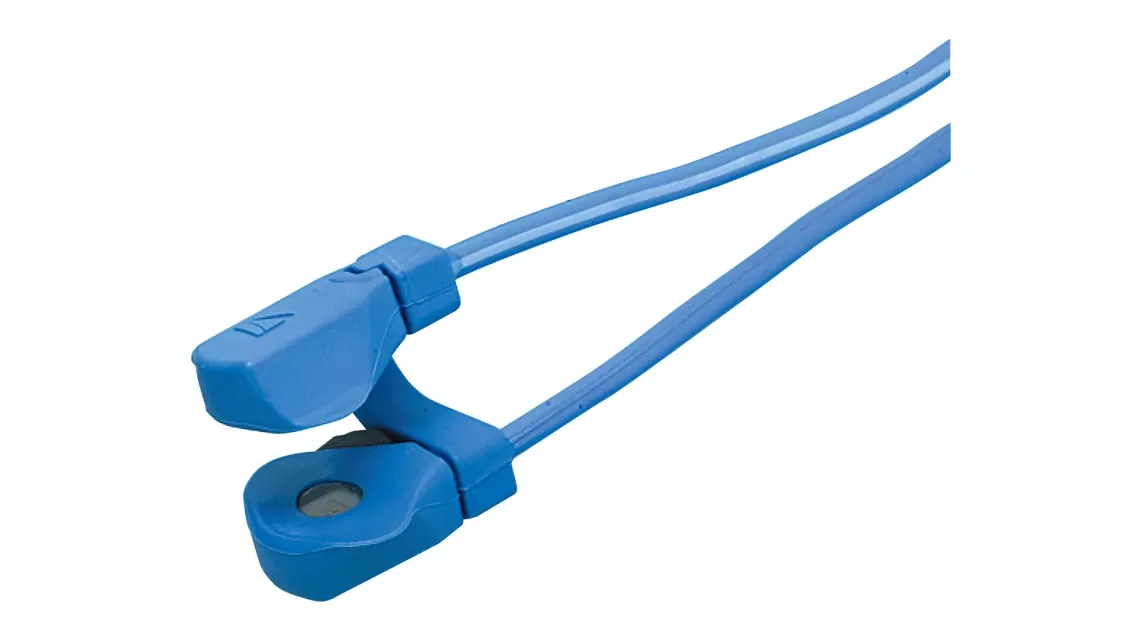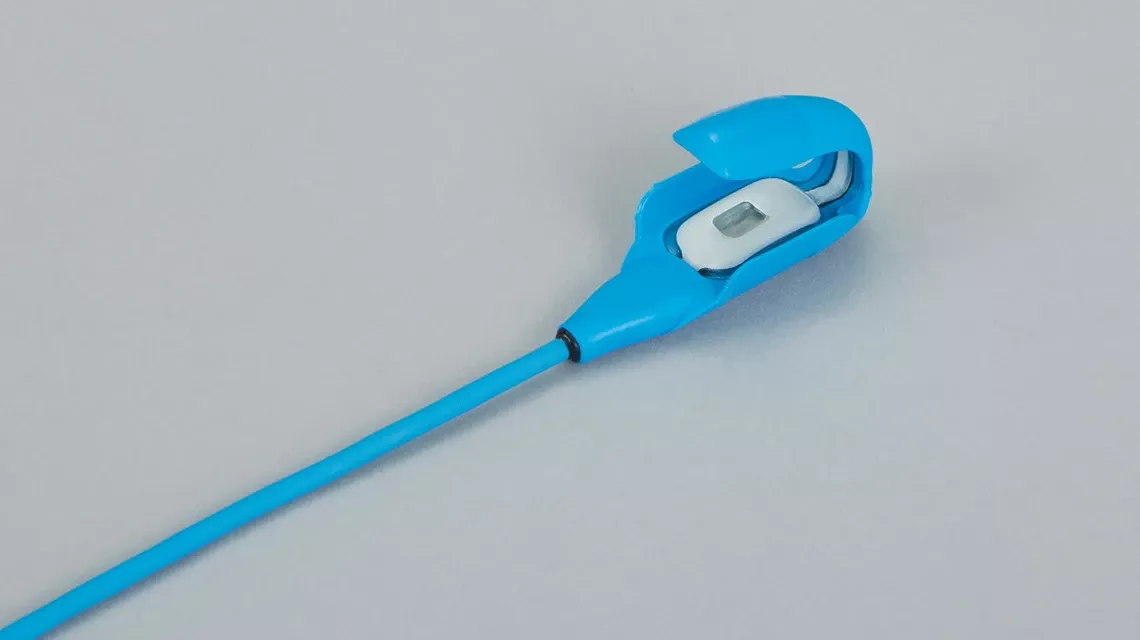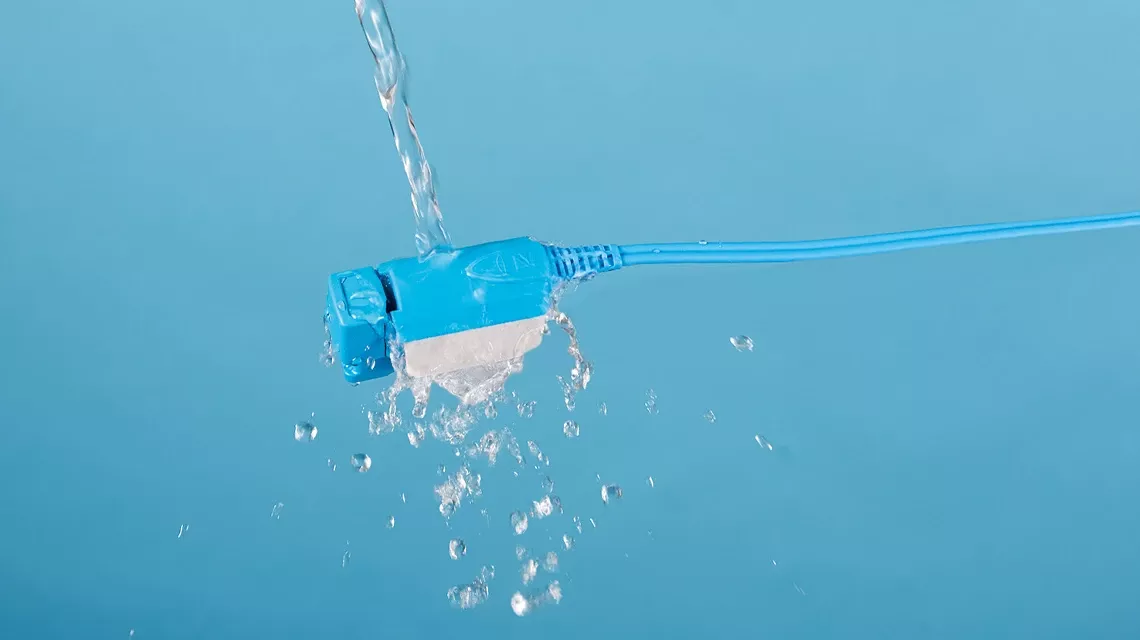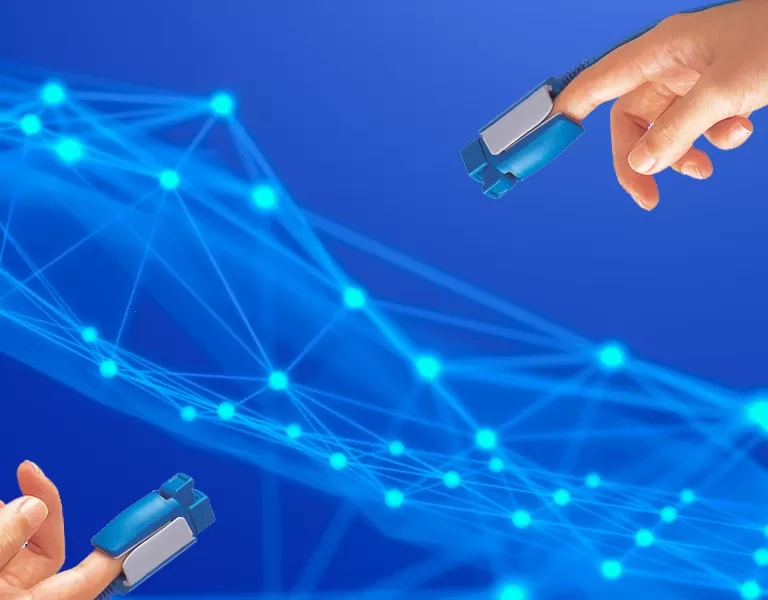
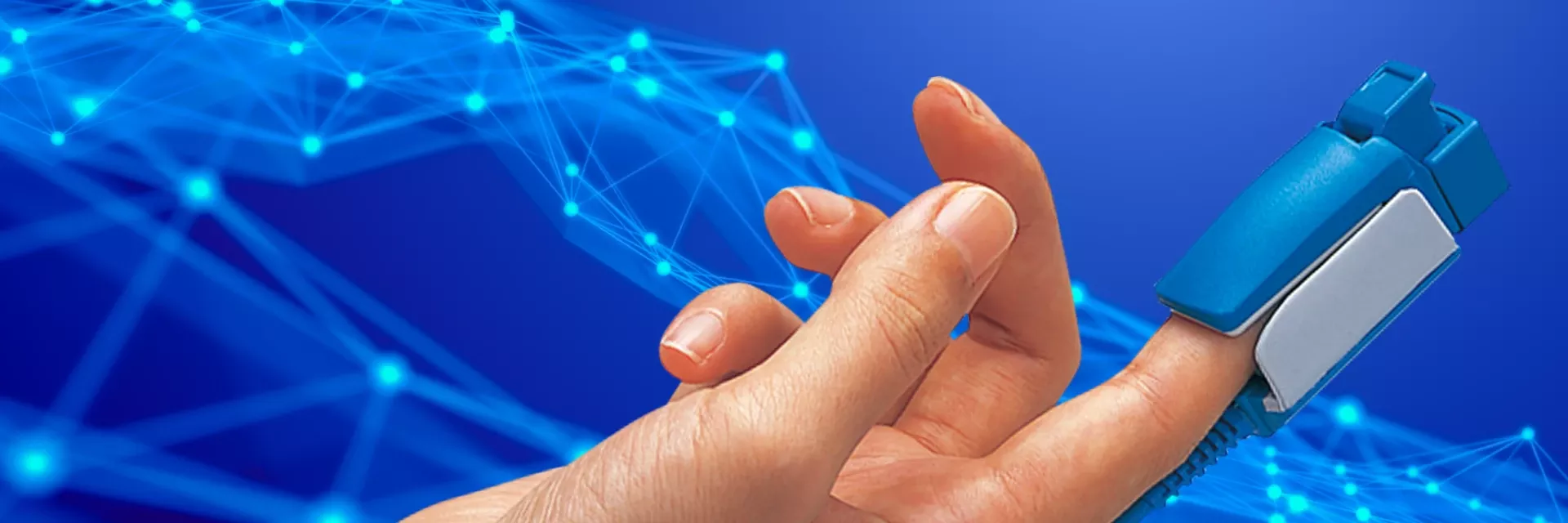
Sensores de SpO₂

Visão geral
O oximetro de pulso é um dispositivo que monitora de forma contínua e não invasiva o nível de oxigênio na corrente sanguínea dos pacientes e o principio do oximetria de pulso foi inventado pelo Dr. Takuo Aoyagi, engenheiro da Nihon Kohden em 1972. A Nihon Kohden tem dois tipos de sondas de SpO2: sondas para uso em um único paciente e sondas reutilizáveis. Selecione um tipo apropriado de acordo com sua aplicação.
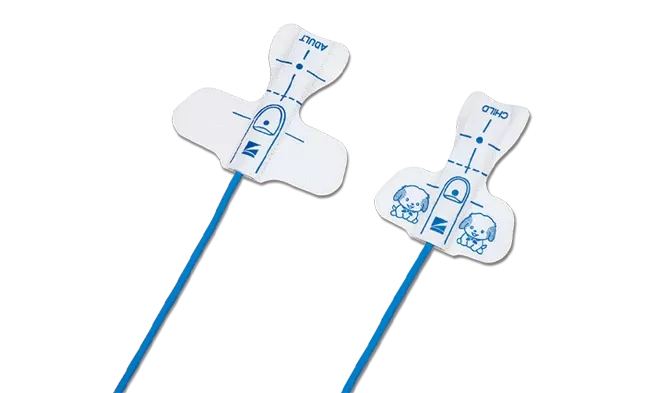
Sondas para uso em um único paciente
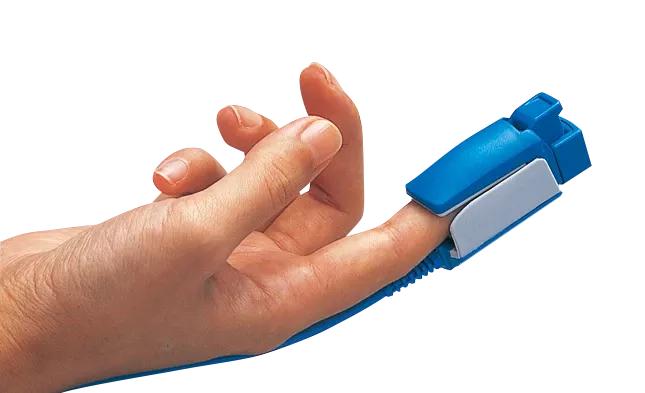
Sondas reutilizáveis
Sondas para uso em um único paciente
- Para monitoramento de longo prazo, a estrutura foi projetada para evitar compressão e desalinhamento.
- Uma sonda de peça única com fita adesiva que é fácil de fixar na pele do paciente.
- Fácil de aplicar em uma ampla gama de tamanhos, desde neonato até adulto.
Sondas reutilizáveis
- Ideal para monitoramento local
- Um design exclusivo para oferecer conforto supremo e indolor ao paciente, proporcionando uma distribuição ideal de pressão que evita coágulos sanguíneos ou traumas na pele.
- Limpeza e desinfecção estão disponíveis
Para melhor monitoramento do SpO2
O valor de SpO2 é frequentemente afetado pela condição do paciente, por artefatos criados por dispositivos externos ou pela fixação inadequada de sondas. O monitor da Nihon Kohden possui vários recursos para melhor medição de SpO2. Vamos apresentar quatro recursos: Índice de qualidade do sinal (SQI), Índice de amplitude de pulso (PI), Resposta, e modo de sensibilidade.
Índice de qualidade do sinal (SQI)
Os monitores da Nihon Kohden exibem a qualidade do sinal da forma de onda do pulso, que é usado para medir SpO2, por meio de um gráfico de barras. Se o gráfico de barras SQI exibir 2 barras amarelas ou menos, verifique o movimento físico do paciente e/ou como a sonda está conectada.

Gráfico de barras SQI | Qualidade do sinal |
Image
4 barras verdes | Bom |
Image
3 barras verdes | Pode haver alguns artefatos |
Image
2 barras amarelas1 | Pode haver artefatos significativos. Se isso continuar por algum tempo, verifique o local de fixação do paciente e da sonda. |
Image
1 barra vermelha1 | Muito baixo. Verifique o local de fixação do paciente e da sonda. |
Image
Sem barra | O sinal não pode ser detectado. |
1 Se o gráfico de barras SQI mostrar 1 ou 2 barras, a mensagem "Sinal de baixa qualidade" aparecerá no monitor.
Índice de amplitude de pulso (PI)

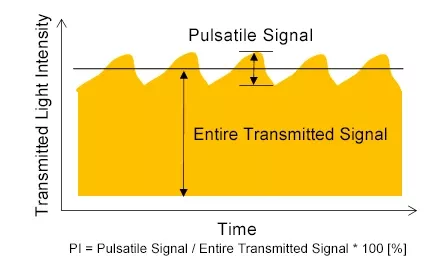
O Índice de amplitude de pulso, PI, indica a porcentagem do sinal pulsátil como proporção de todo o sinal infravermelho transmitido. Ele flutua dependendo do tamanho do sinal transmitido e do tamanho do sinal pulsátil obtido da sonda conectada ao paciente.
O PI pode ser usado como um índice para confirmar a circulação do local de fixação, bem como para verificar a condição de um local de fixação da sonda de SpO2, portanto, se o local de fixação for muito espesso ou se uma sonda de SpO2 estiver fixada de forma inadequada, a intensidade do a luz transmitida diminui, o que significa que o valor PI fica baixo.
Quando o PI está baixo, qualquer uma das seguintes situações pode estar acontecendo.
- O local de medição está frio
- A sonda de SpO2 está muito apertada
- O paciente está em estado de choque
- O paciente é um bebê prematuro
Se o valor do PI for baixo, verifique a fixação da sonda, pois a sonda pode bloquear o fluxo sanguíneo do local de medição devido à alta pressão se estiver fixada com muita força.
Se o valor de PI estiver baixo, mas a sonda estiver corretamente instalada, altere o local de fixação da sonda para obter uma medição de SpO2 mais confiável.
Se o valor de SpO2 e o valor de PI caírem simultaneamente, existe a possibilidade de a sonda de SpO2 ter se desviado da posição correta de fixação.
Resposta: rápida, normal, lenta
Este é um recurso que permite definir os tempos de resposta do valor de SpO2. Temos o modo Normal, Lento e Rápido.
- Normal: tempo de resposta padrão
- Lento: Resposta mais lenta. Isto é útil quando você deseja controlar flutuações transitórias no valor de SpO2.
- Rápido: Resposta mais rápida. Isso pode ser usado em situações que exigem uma resposta extremamente rápida.
Quando a condição de medição é instável, como devido a movimentos extenuantes do paciente, a resposta pode tornar-se mais lenta em todos os modos.

modo de sensibilidade
O modo de sensibilidade permite melhorar a sensibilidade da onda de pulso, portanto este recurso é útil quando é difícil detectar o pulso de um paciente com insuficiência de circulação periférica ou quando é utilizado um BIA (Bomba de Balão Intra-Aórtico).
Por outro lado, um valor de SpO2 pode ser medido mesmo se a sonda estiver desconectada do paciente. Portanto, ao selecionar “Máx” para a configuração, é necessário confirmar se a sonda está adequadamente acoplada ao paciente.

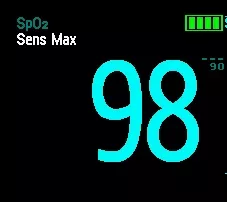
Dicas para medição precisa
1. Selecione um local de fixação com espessura apropriada.
Um oxímetro de pulso detecta a luz que penetra no local de medição. Na maioria dos casos, uma sonda deve ser fixada em um local de medição com espessura de 6 a 18 mm para obter valores de SpO2 estáveis e precisos.
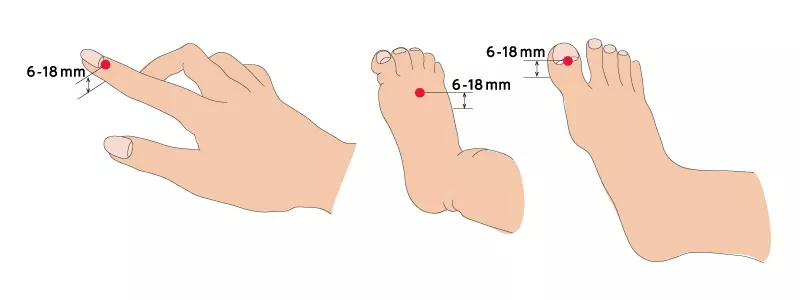
2. Fixe a sonda corretamente.
Para obter uma medição de SpO2 estável e precisa, as sondas devem ser fixadas na posição correta de modo que o emissor de luz e o fotodetector fiquem voltados um para o outro, como na imagem a seguir.
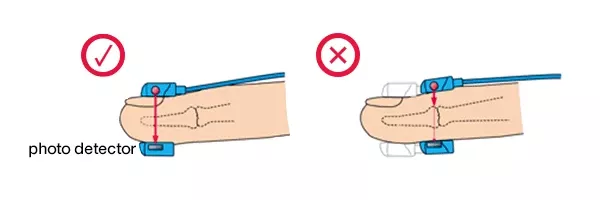
3. Troque periodicamente o local de fixação.
Para evitar danos à pele devido à fixação prolongada, é importante verificar e alterar o local de fixação, se necessário.
Para sonda de uso em um único paciente: a cada 8 horas
Para tipo reutilizável: a cada 4 horas
Confira o vídeo a seguir para mais dicas sobre medição de SpO2
Guia de fixação da sonda SpO2
Guia de fixação da sonda SpO2 (para sondas para neonatos e bebês com baixo peso ao nascer)

